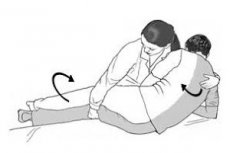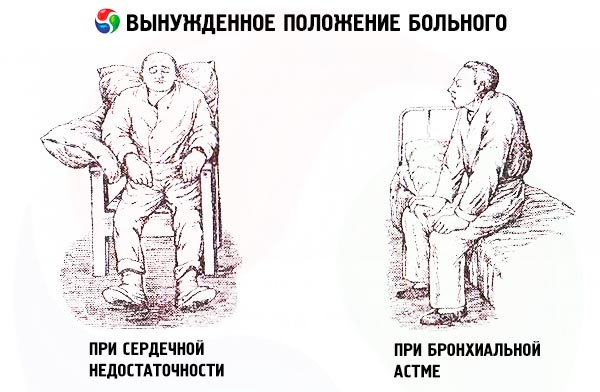Types of the patient's situation
Last reviewed: 23.11.2021

All iLive content is medically reviewed or fact checked to ensure as much factual accuracy as possible.
We have strict sourcing guidelines and only link to reputable media sites, academic research institutions and, whenever possible, medically peer reviewed studies. Note that the numbers in parentheses ([1], [2], etc.) are clickable links to these studies.
If you feel that any of our content is inaccurate, out-of-date, or otherwise questionable, please select it and press Ctrl + Enter.

There are active, passive and forced position of the patient.
Active position of the patient can be any, and the disease does not significantly affect him.
Passive position occurs in the unconscious state or in extreme weakness and exhaustion.
The patient takes the forced position to alleviate his suffering, for example, pain reduction, dyspnea. Usually the patient's forced position takes at the moment of intensification of the manifestations of the disease (for example, suffocation), but sometimes the severity of the condition makes him stay in this position for a long time. For example, the position in bed with an elevated head (orthopnea) leads to a decrease in blood flow to the right heart and a decrease in the stagnation of blood in the lungs, which, in dyspnea, facilitates the condition of patients with left ventricular heart failure, in the past, when there were no active diuretics , patients with severe circulatory disorders spent many weeks of their lives in special comfortable, easily moved armchairs with a high headboard (the so-called Voltaire armchairs), which were a constant attribute of the situation of the former therapeutic clinics.

With the accumulation of fluid in the pericardial cavity ( exudative pericarditis ), the patient sits, leaning forward and leaning on the pillow or back of the chair.
With sharp pains of different locations, patients often do not find their place, tend to frequent changes in their position - they rush in bed, as is observed, for example, in renal colic.
In general, the evaluation of the position of the body has some significance for assessing the severity of the patient's condition.

